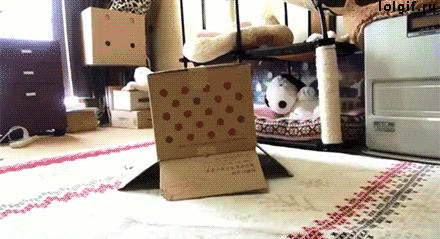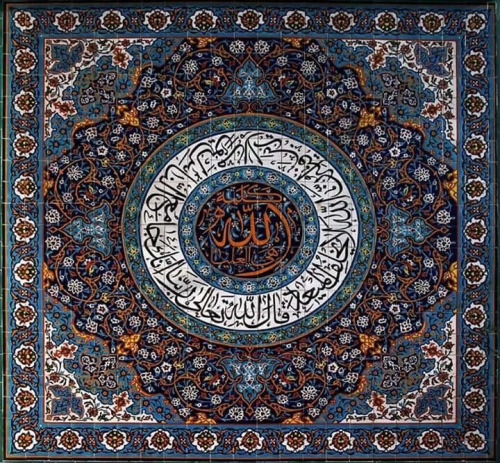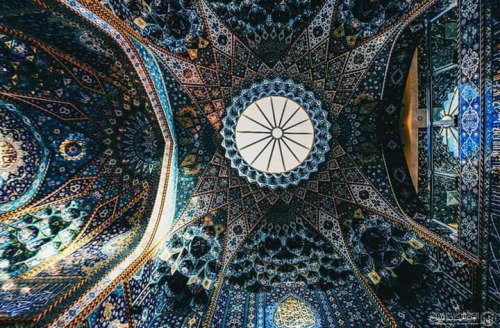Melanie Surani's Blog, page 70
February 15, 2017
thehystericalsociety:
(Via)
Hee hee she got my nose
thehystericalsociety:
(Via)
Hee hee she got my nose
thehystericalsociety:
(Via)
Hee hee she got my nose
thehystericalsociety:
(Via)
Hee hee she got my nose
thehystericalsociety:
(Via)
Hee hee she got my nose
pardonmewhileipanic:
robothugscomic:
New comic! (link)
I don’t...




I don’t care if they can’t understand me. They may be garbage cats, but they’re my garbage cats.
Well there goes my heart
February 14, 2017
ifuneralthirst:
http://ifuneralthirst.tumblr.com/
February 13, 2017
agheaven:
abbieandbeanna:
Dolls have never simply been toys,...
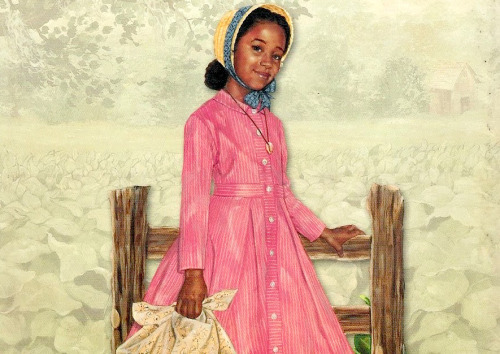
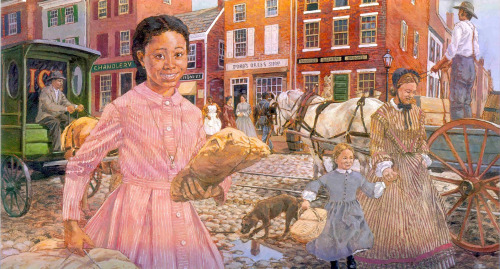
Dolls have never simply been toys, especially not throughout America’s racial history. In Righteous Propagation: African Americans and the Politics of Racial Destiny, Michele Mitchell writes about black reformers in the early twentieth century who argued that if beautiful white dolls reinforced white superiority and minstrel dolls reinforced black inferiority, then perhaps owning beautiful black dolls could teach children racial pride. Booker T. Washington wrote, in 1910, that black dolls “will have the effect of instilling in Negro girls and in Negro women a feeling of respect for their own race.” Marcus Garvey urged mothers to “give your children dolls that look like them to play with and cuddle so that they will learn as they grow older to love and care for their own children and not neglect them.”
FYI, this is part of a larger article that’s roughly about innocence in black childhood (or the lack thereof). I’m not the best at summarizing, though, so you’re better off reading the whole article.


